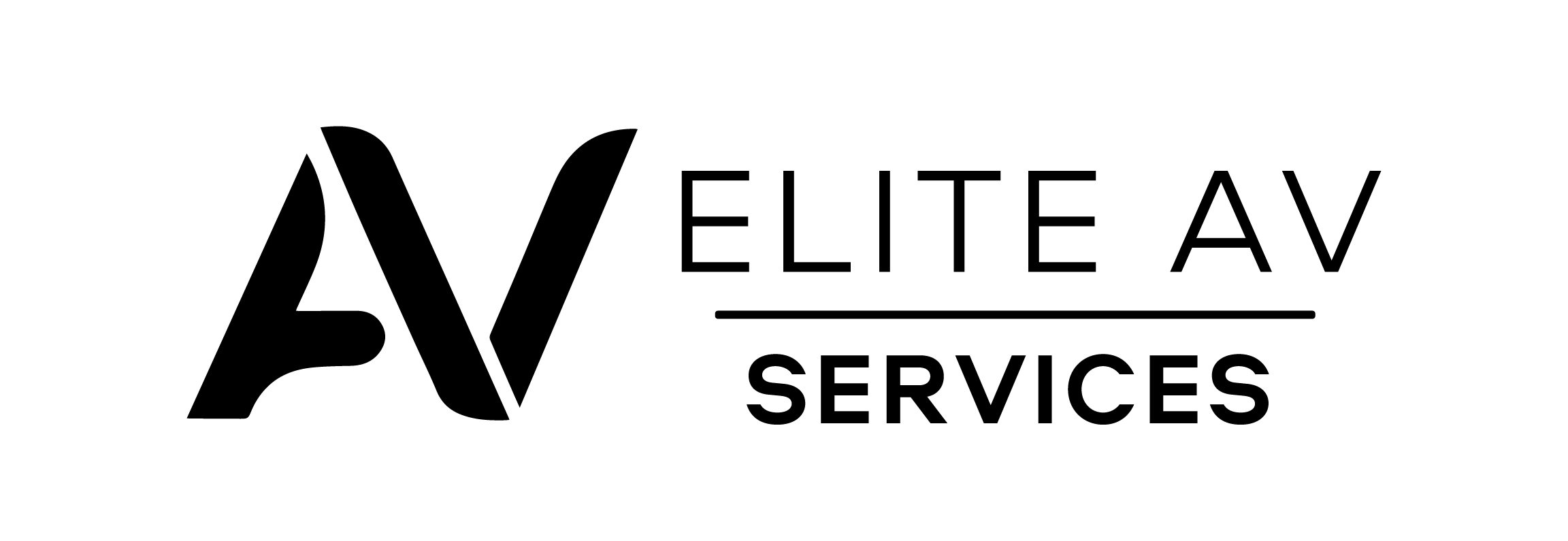Introduction to Cat8 Ethernet Cable
Cat8, the latest and most advanced Ethernet cable standard, has emerged as a frontrunner in the world of internet connectivity. While fibre optics, championed by tech giants like Google, aimed to become the household standard, Ethernet has held its ground. Each year, we witness the release of newer Ethernet versions, each promising enhanced performance. Let’s delve deeper into how Cat8 compares to its predecessors.
Speed and Performance of Cat8
Cat8 boasts data transfer speeds soaring up to 40Gbps. This speed is a significant leap from Cat7 and is quadruple the speed rate of Cat6a. Additionally, Cat8 supports a bandwidth of 2 GHz, again four times that of Cat6a.
Applications and Benefits of Cat8
Primarily, Cat8 Ethernet finds its application in data centres and server rooms, facilitating switch-to-switch communications. Its design is such that it aids in network upgrades without necessitating a complete overhaul of equipment, thanks to the standardised RJ45 ends. One of the standout features of Cat8 cables is their support for PoE technology. This feature streamlines installations in server rooms, optimising space utilisation. For household equipment, including gaming setups, Cat6a suffices. Cat8, given its advanced features, might be an overkill and a tad challenging to install for regular home use.
Technical Specifications of Cat8
| Specification | Detail |
| CAT8 | Category |
| Connectors | RJ45 / RJ45 |
| Booted | Yes, Ferrari-Style, Snagless |
| Shielding | Pair Foil Shielded / 4 Pair Braid Shield |
| AWG | 24 AWG |
| Bandwidth | up to 2GHz |
| Jacket | PVC (CM) |
| Conductor | Stranded |
| Conductor Material | Pure Copper |
| Gold Plating | 50 Micron |
| Backwards Compatible | Yes |
| Max Data Rate | 40 Gbps |
Comparing Ethernet Categories
Ethernet cables come with “cat” or category designations like Cat5e, Cat6, Cat6a, etc. Generally, a higher category number indicates a newer technology capable of supporting higher data rates. However, data rate isn’t the only distinguishing factor. Other features include:
- Standard bandwidth (measured in MHz).
- Maximum data rate (measured in Mbps).
- Shielding.
Why is Cat8 More Expensive?
Performance often comes at a price. Given their superior performance, the cost of producing Cat8 cables is higher. The intricacies involved in manufacturing, such as increased twists in the cable pairs and advanced shielding materials, contribute to the cost.
Understanding Standard Bandwidth
Standard bandwidth is pivotal in cable design. It determines the number of signals (1s and 0s) transmitted across the wires every second. While basic Cat5 cables transmit 100 million signals a second (100 MHz), Cat8 transmits a staggering 2 billion (2 GHz) signals per second. This capability necessitates high-quality shielding and dense cables, especially when Cat8 supports data transfers 250 to 400 times faster than Cat5.
The Future of Ethernet
With Cat8 becoming more predominant, data centres seek scalable copper cables that rival fibre optics. The surge in data transmission, the rapid shift of data to the cloud, and the increasing bandwidth through broadband and 5G make Cat8 the preferred choice for many. As we look ahead, we can anticipate the emergence of Cat9 and Cat10 to cater to the ever-growing demand for speed and bandwidth.
Elite AV Services
For those seeking top-tier audiovisual solutions, Elite AV services are your go-to. With a commitment to excellence and a penchant for innovation, Elite AV ensures that your connectivity needs are met with the best in the industry.






